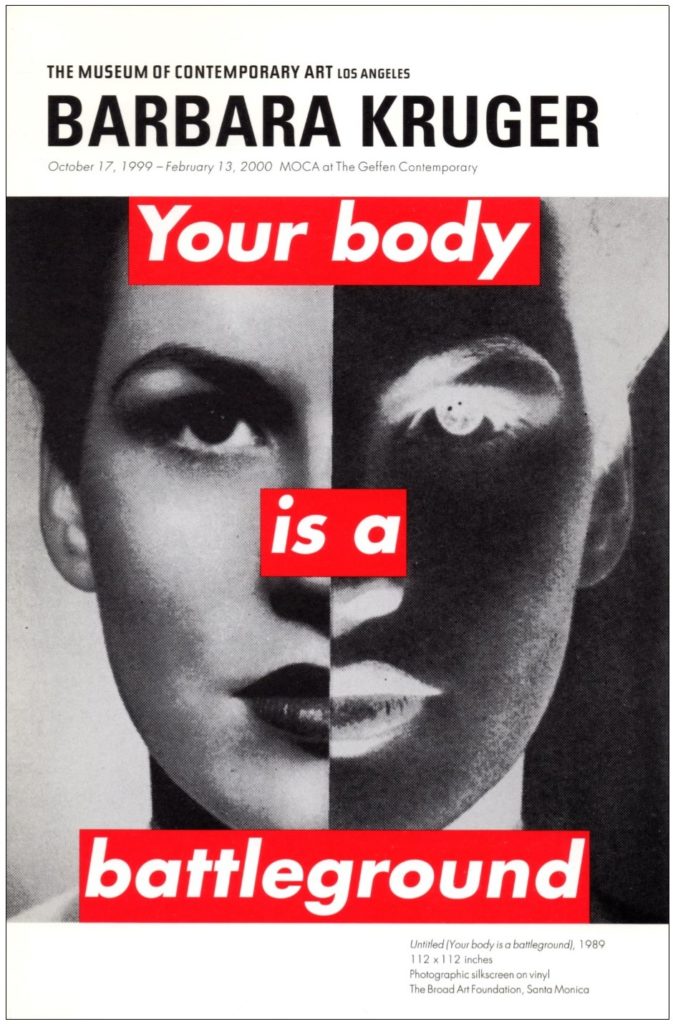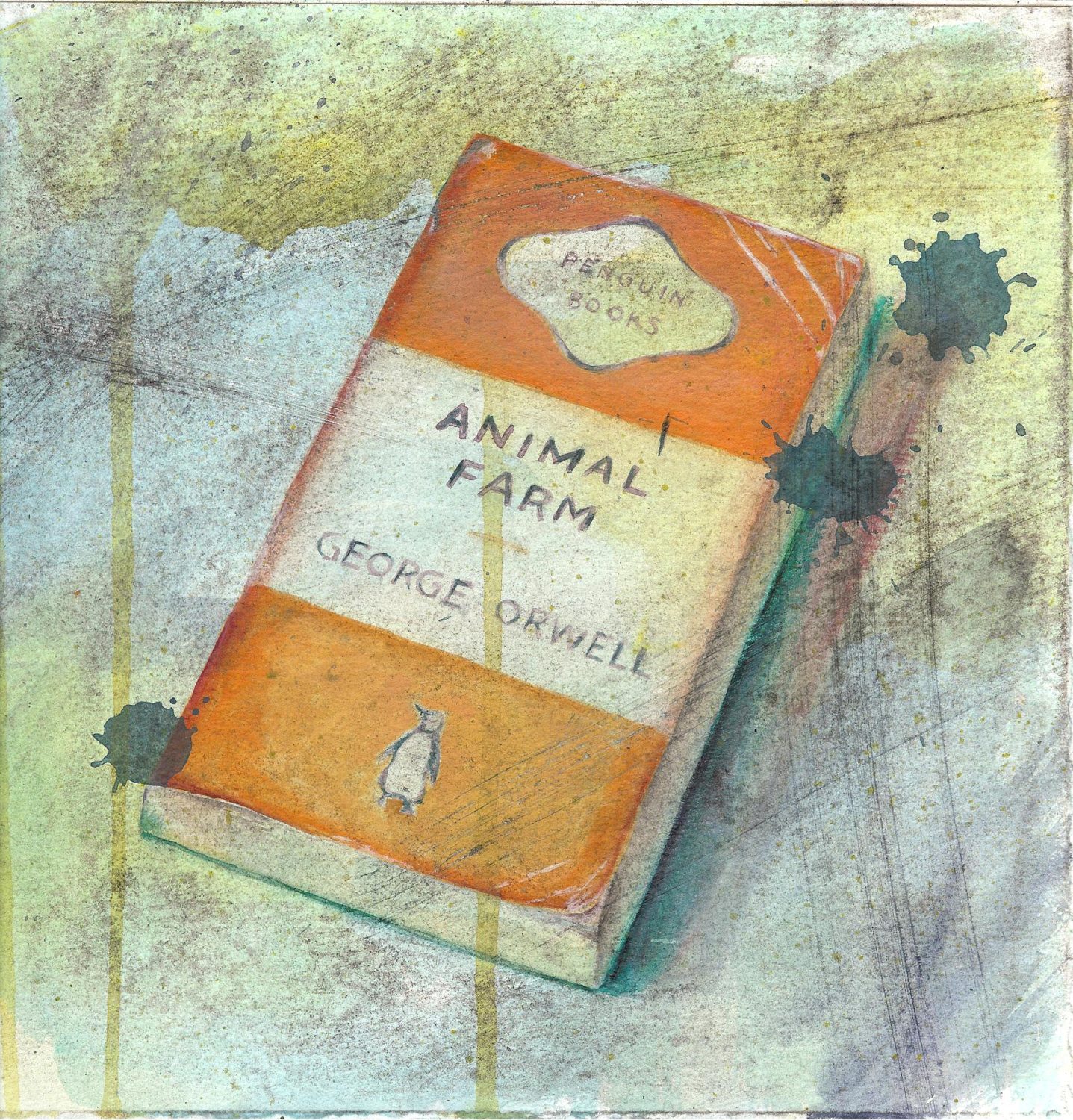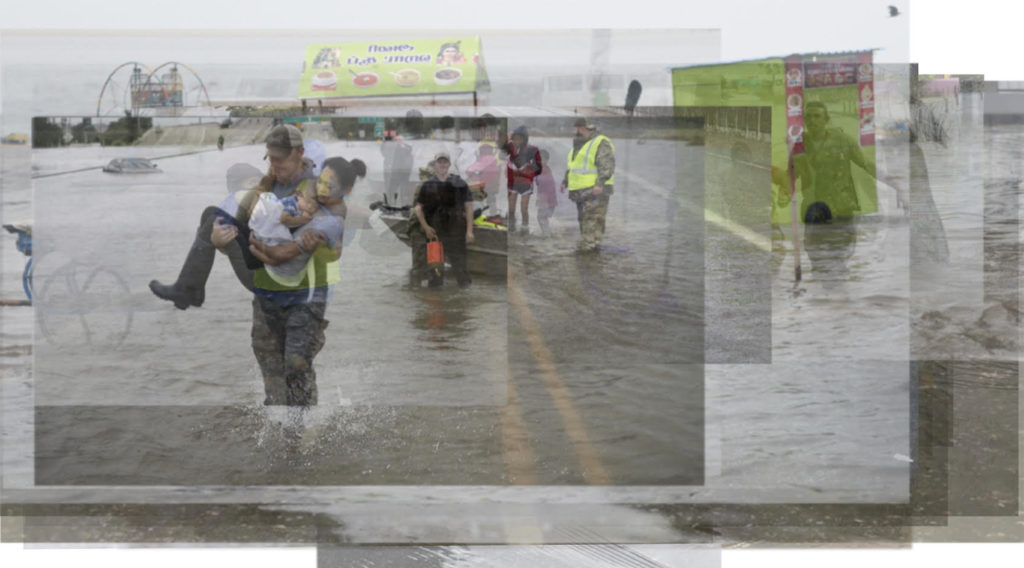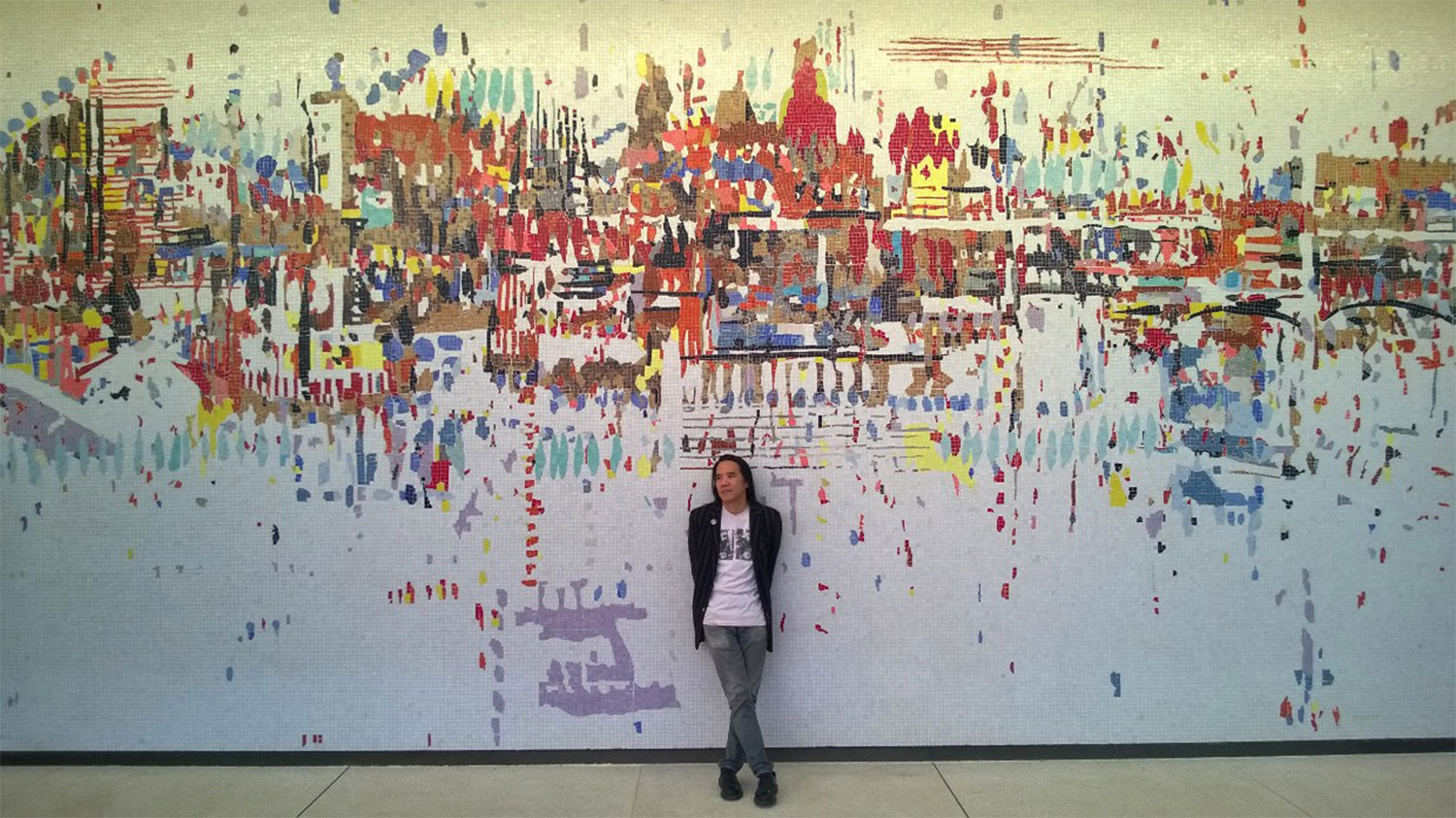What is the relationship between activism and art? I believe it is the responsibility of everyone to be socially engaged; for an artist, that may or may not include creating work which addresses the issues of the day. Either way, one can be pushed to the point where action is required – where one is compelled to say something using any available forum. Art is another platform in which to make one’s voice heard.
Barbara Kruger is an artist with something to say and the ability to make captivating art to say it. Her work is as quotable as it is visually arresting; the phrases “Your body is a battleground” and “I shop therefore I am” are familiar to people who wouldn’t recognize her name and have never set foot in an art gallery. In 1999, I twice saw a retrospective, titled simply Barbara Kruger, of her work at the Los Angeles Museum of Contemporary Art; it was one of the most aggressive and audacious shows I’ve ever seen.
Kruger arranges a relationship between her work and the viewer with phrases regarding different power structures: sexual/gender-based, political, economic. The words come from different “narrators” and are by turns accusatory (“You substantiate our horror”), questioning (“Who dies first?”), exclamatory (“Hate like us”), aphoristic (“Doubt tempers belief with sanity”). These terse, confrontational phrases, along with her visual acuity, combine to make some of the most provocative art of the last forty years.

In addition to the silkscreens, the show also featured photographs, engravings, lenticular works, sculpture, video, and, perhaps most notably, an installation. One wall was covered, floor to ceiling, with two black and white photos of a screaming face, mirror images of each other, and the words “All violence is the illustration of a pathetic stereotype” in white type on a large black rectangular ground. In a red strip between the photos was a long list of epithets – racial, sexual, religious – which evoked the violence cited in the main text. The other walls, floor, and ceiling were all covered with images and text. Being surrounded by, to be immersed in the piece, had a very visceral impact. Kruger’s work is emotionally hard-hitting, but also invites an intellectual examination of beliefs and behaviors. Incidentally, she can also be very funny.
If you believe in science, civil rights, saving the environment, a woman’s right to choose, taxes for the 1%, healthcare for everyone, if you believe we have the right to peaceful assembly, brownshirts don’t belong in the oval room, Black Lives Matter, immigrants don’t belong in camps – the list goes on and on – please make your voice heard. Please vote.









 Orwell’s tale made a big impression on me – it revealed the lying, the backstabbing, the lengths to which some pigs (or people) will go to gain power, how that power is abused, and how some sheep (or people) are so easily led around by the nose. It could have been the beginning of the distrust of authority figures that has stayed with me my whole life.
That distrust was fueled by the behavior of some teachers and school administrators. As a child, I attended a small elementary school with only one class for each grade. When I was in fourth grade, there was a new fifth grade teacher who was a bully and a jerk – among other things, he once told several of his students to beat up a younger boy. I told my mother I wanted to go to a different school the next year. The other school was a lot bigger and at first a little scary, as I didn’t know anyone, but I was happy my parents entrusted me with making my own decisions about the teacher and which school to attend.
Things weren’t any better in junior high and high school. I was treated to a vice principal announcing, at an assembly regarding the dress code, that “Jap flaps” were not acceptable footwear. I saw a teacher grab a student by the hair and stick his hand in the kid’s mouth in an attempt to find some non-existent gum. One teacher called on me and asked what the price of tea was in China. Two female friends of mine were told by a vice principal that they couldn’t hold hands on campus. I was repeatedly asked by a teacher what day it was, before he finally hissed “It’s Pearl Harbor Day!” Things like this happened all the time.
It seems I’ve always known that just because someone is in a position of power, it doesn’t mean s/he is competent or has anyone else’s best interest in mind. I was still young when I’d seen enough to know that no mere title deserved any respect from me. It’s possible the seed of that knowledge was inside Orwell’s little book, or, given my background – my family was interned by this country – maybe it was just built into my DNA. Either way, Animal Farm spoke to me, and over the years, I’ve re-read it several times. It is always emotionally engaging because it is always pertinent. Some animals continue to be more equal than others.
Orwell’s tale made a big impression on me – it revealed the lying, the backstabbing, the lengths to which some pigs (or people) will go to gain power, how that power is abused, and how some sheep (or people) are so easily led around by the nose. It could have been the beginning of the distrust of authority figures that has stayed with me my whole life.
That distrust was fueled by the behavior of some teachers and school administrators. As a child, I attended a small elementary school with only one class for each grade. When I was in fourth grade, there was a new fifth grade teacher who was a bully and a jerk – among other things, he once told several of his students to beat up a younger boy. I told my mother I wanted to go to a different school the next year. The other school was a lot bigger and at first a little scary, as I didn’t know anyone, but I was happy my parents entrusted me with making my own decisions about the teacher and which school to attend.
Things weren’t any better in junior high and high school. I was treated to a vice principal announcing, at an assembly regarding the dress code, that “Jap flaps” were not acceptable footwear. I saw a teacher grab a student by the hair and stick his hand in the kid’s mouth in an attempt to find some non-existent gum. One teacher called on me and asked what the price of tea was in China. Two female friends of mine were told by a vice principal that they couldn’t hold hands on campus. I was repeatedly asked by a teacher what day it was, before he finally hissed “It’s Pearl Harbor Day!” Things like this happened all the time.
It seems I’ve always known that just because someone is in a position of power, it doesn’t mean s/he is competent or has anyone else’s best interest in mind. I was still young when I’d seen enough to know that no mere title deserved any respect from me. It’s possible the seed of that knowledge was inside Orwell’s little book, or, given my background – my family was interned by this country – maybe it was just built into my DNA. Either way, Animal Farm spoke to me, and over the years, I’ve re-read it several times. It is always emotionally engaging because it is always pertinent. Some animals continue to be more equal than others.








